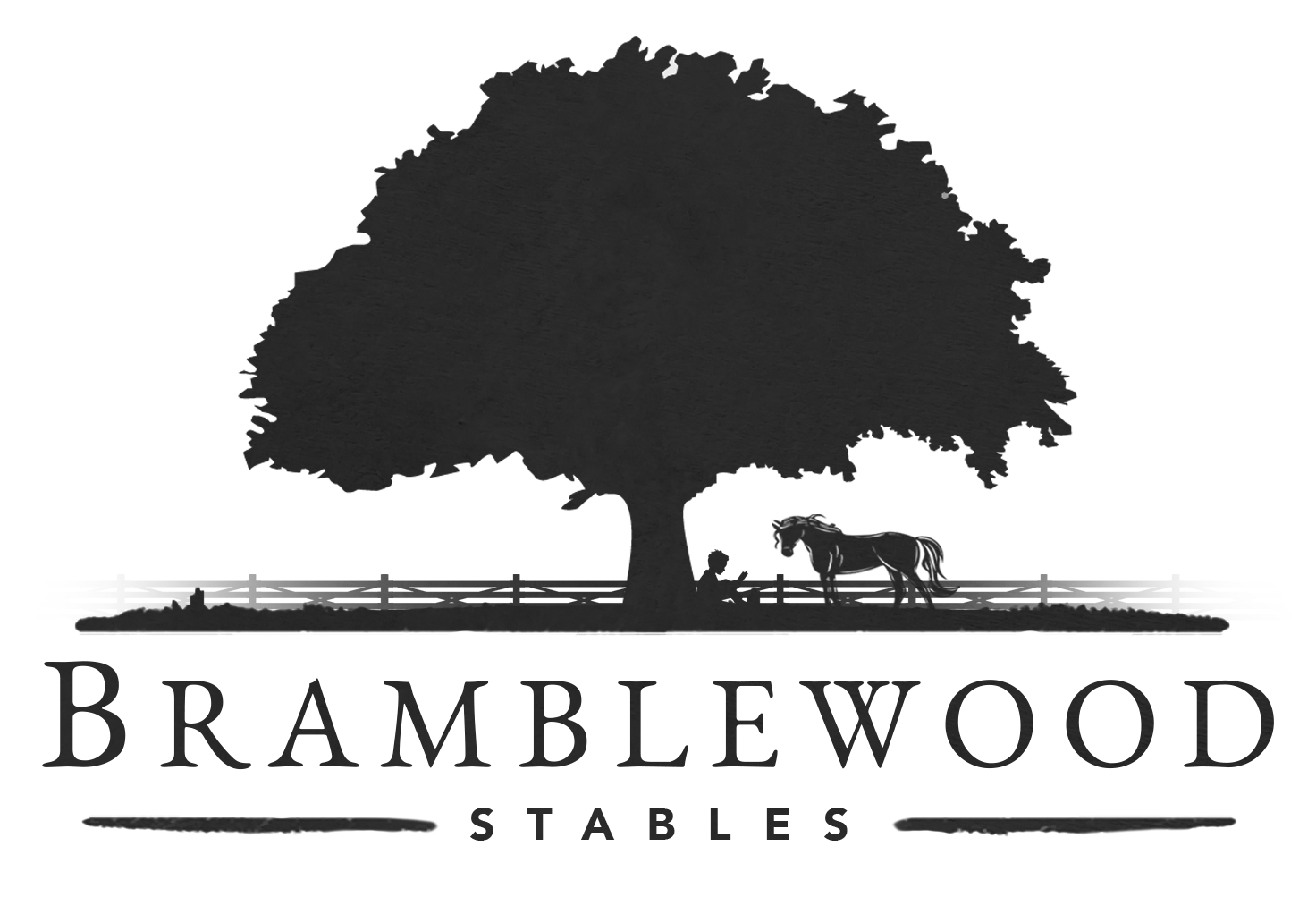What is Connection-Based Training?
Everything comes in threes.
If I look back long enough, I can see that the threads of truth that were drawing me to a kinder, gentler way of connecting with horses was always stirring underneath my crops and spurs and lunge whips.
If you had asked me a year ago if I saw anything wrong with these tools, I would laughed you out of the ring. I remember one kid visiting from a farm in Virginia who referred to a crop as a “magic wand,” as she rode with me.
“Is that what your instructor calls it?” I said, and rolled my eyes because I’ve got a big problem with people taming purpose with words. The world has enough deceit. We don’t need to gentle words up to contribute to the haze of disassociation that we’re all experiencing in our post-pandemic dream state.
A magic wand.
I was raised in the George Morris school of spurs and bats being standard equipment — if you don’t need it now, you might in a moment — and the only way out is through. I was raised to not show emotion in the ring. In this paradigm, our artificial aids are there to create forward motion, and if we weren’t marching forward, we were taking steps back in our training.
Forwardness was the only answer. Fake it until you make it.
What does a magic wand do?
It manipulates energy.
But horses showed me that energy moves in all sorts of ways. Forwardness was an aspect of movement, but I hadn’t spent much time taking into account the other directions energy flowed unless I was dealing with a problem: an explosive horse, a balking horse, an avoidant horse, a sidestepping horse, a startled horse.
In the end-all goal of forward motion, I hadn’t taken the time to study the motivations behind all those other actions.
And then one day, Sarah and I were talking in the ring — as we do — and we realized that my coaching work and her horse training work were basically the same pathway centered on the nervous systems of both creatures — horse and human.
If we are to have any lasting progress in how horses and humans interact, it has to take into account what energy flows where the two species bisect.
Connection -- where my bubble comes into contact with the horse’s bubble. And if we can’t exist in that place with some peace on the ground, we will never be able to achieve it in the saddle.
Which brings me back to the number three.
When I was learning how to teach riders how to post the trot, my mentor drove into me that it takes three years of weekly lessons for a rider to achieve some degree of muscle memory and have a grasp of the basics.
When a new horse comes into the farm and settles in our routine, I discovered that it takes an average of three years for that horse to question us, test boundaries, escalate in their needs (usually by displaying what we would label unwanted behaviors) and then learn to trust that we are who we say we are and they are allowed to be their own, glorious, authentic selves, within safe boundaries for interaction.
Three years.
This can seem like a long time, but we’re learning to show up differently for horses and humans in the meantime. It’s taken me almost three decades of working with horses and maturing as a human to get to the place where I’m finally questioning if I really need that crop.
There is no magic wand.
Building a relationship with a horse is slow-going, sometimes painfully so, but the payoff that happens when we, as Scotland-based writer Tania Kindersley puts it, “peer across the human-horse species divide,” is magnificent.
I’m still grabbing a lunge whip to encourage Max along the railing. I still slip a whip into a rider’s hand when the trot is slow coming. But I imagine a day for horses and humans when all riders are invested in getting to know their horse really well on the ground first. A time when all Bramblewood students are able gather their intentions to connect with the horse’s energy in an intuitive way that doesn’t need artificial aids for encouragement.
There is a better way. And that better way inevitably makes life outside the barn better. Learning the why that drives our horse’s reactions allows us to see the how’s that explode from our personal triggers.
I don’t need a magic wand to manifest mysteries. It happens every day at the farm when humans and horses connect across the divide and heal themselves by listening.
One day I’ll be able to concisely answer what connection-based training is all about. Until then, I’ll blabber on with lots of words, writing around it. When I studied and wrote lots of poetry, a professor referenced one of the old-school greats (Dickinson? Frost? — Google isn’t helping me find the reference) who suggested that getting to the core of a poem’s meaning was like looking at a star. If you stare right at it, it loses its brightness, but if you slip your gaze to the side, it shines brighter.
Horse training is like that, and the magic happens in the spot where words alone don’t capture the glow.
